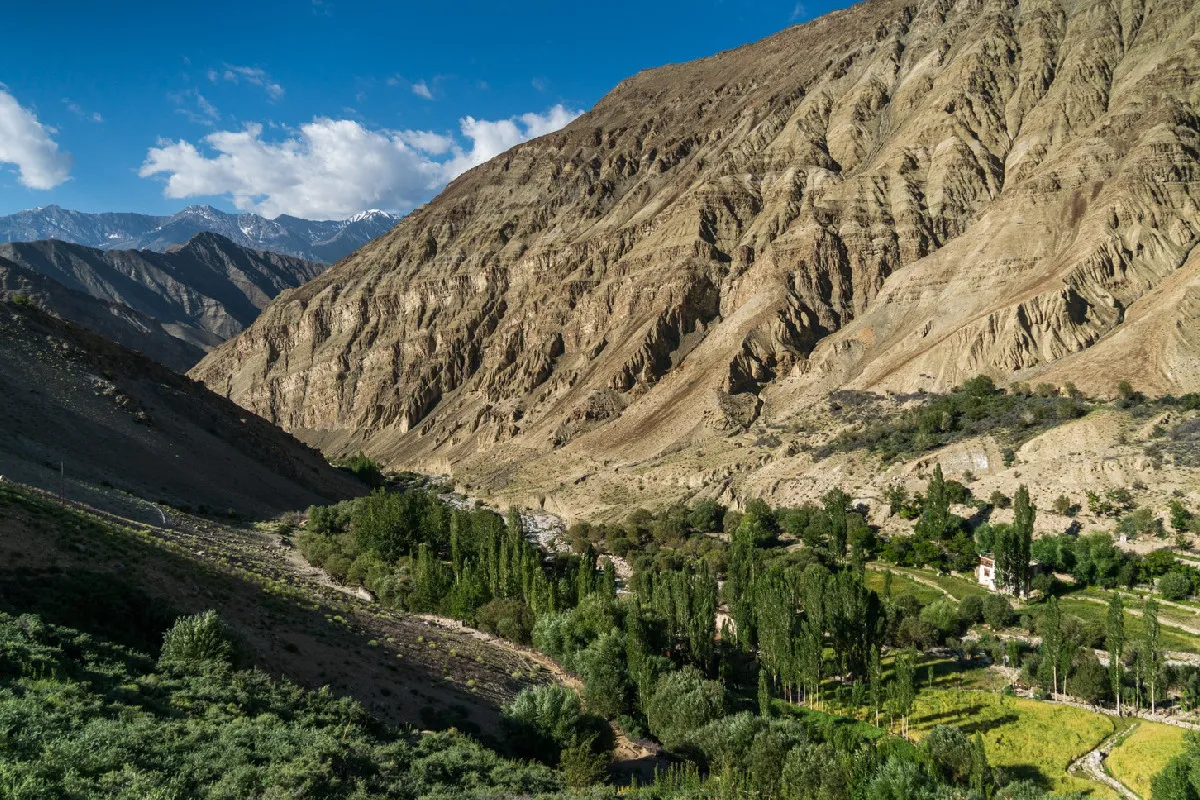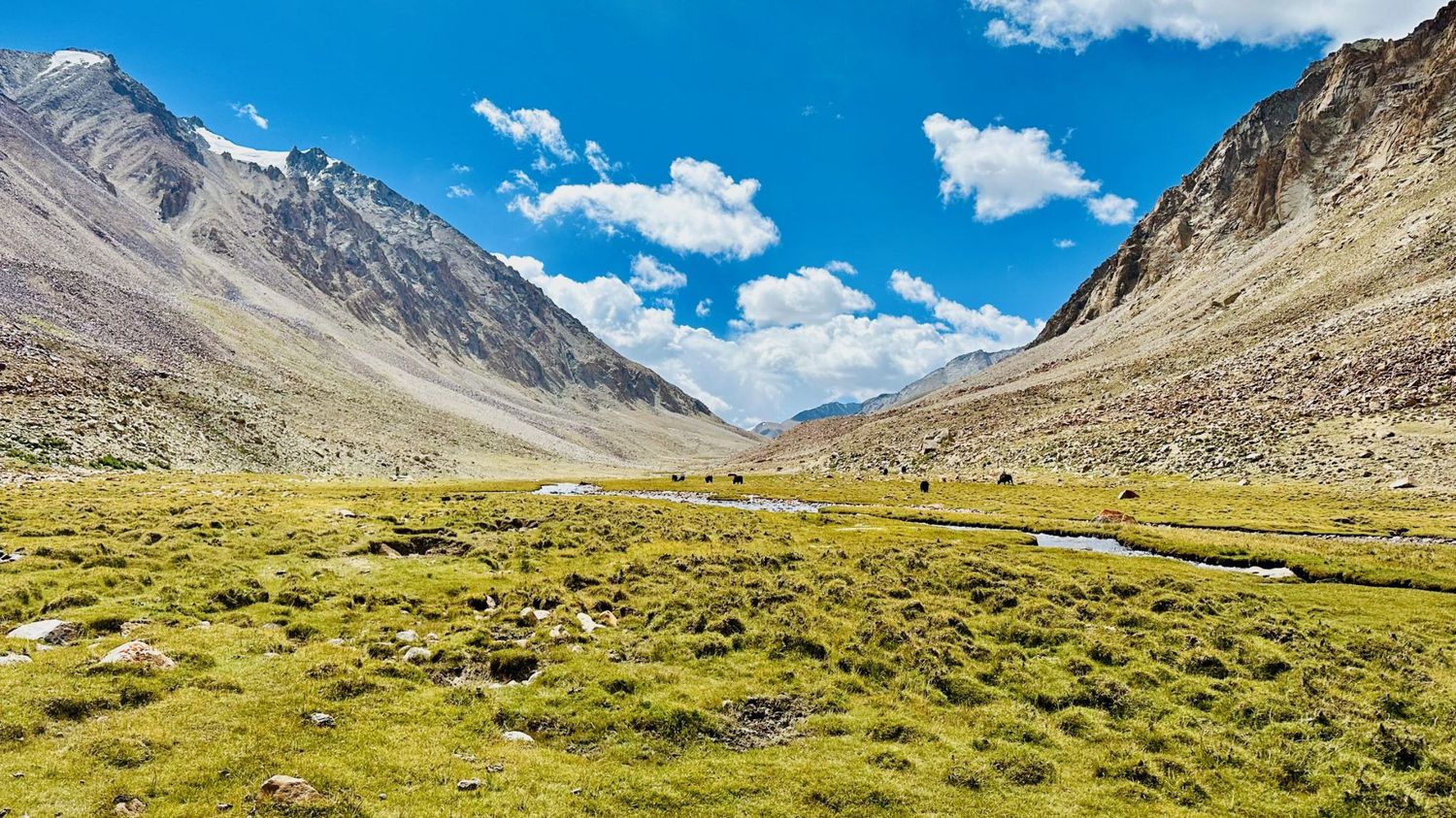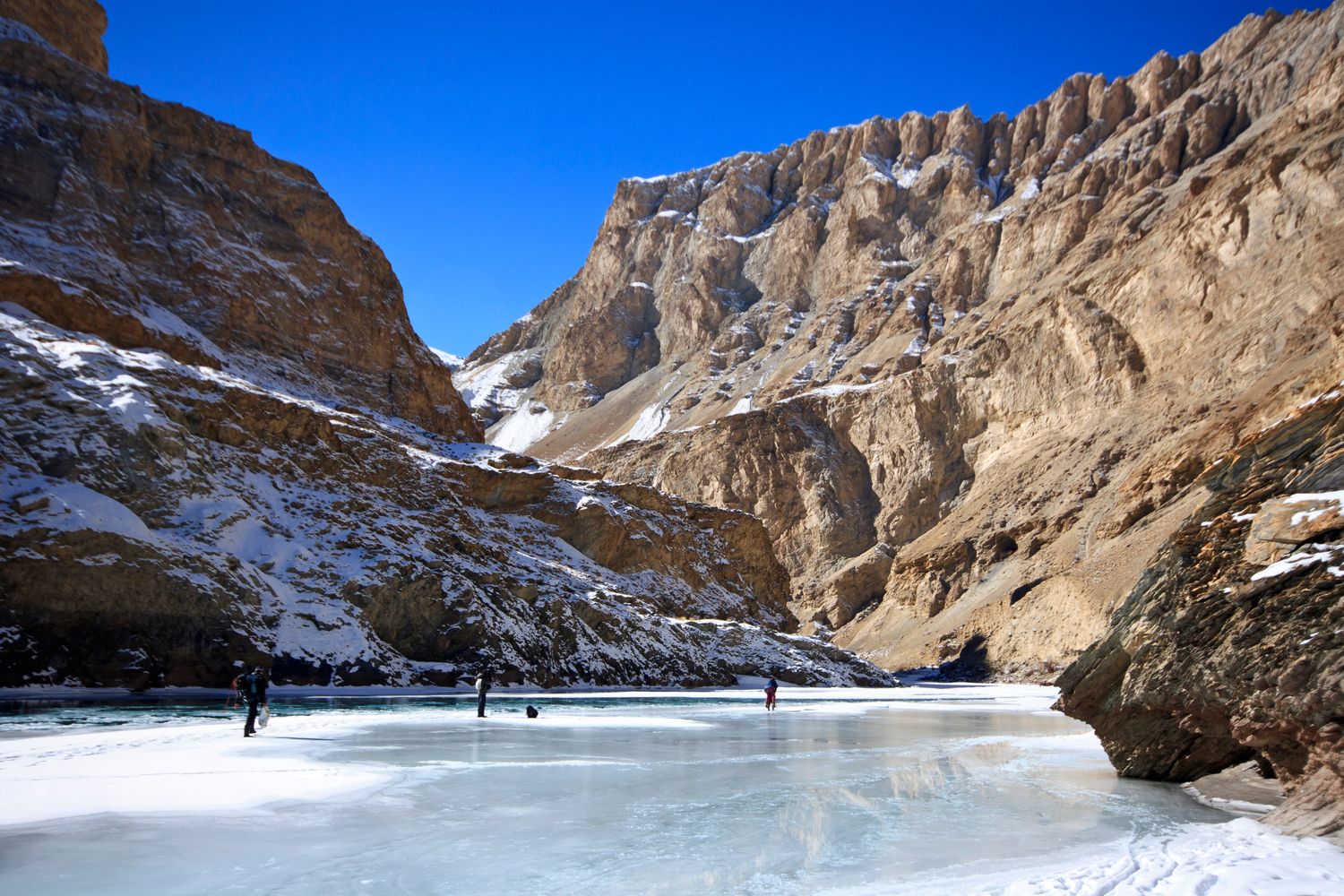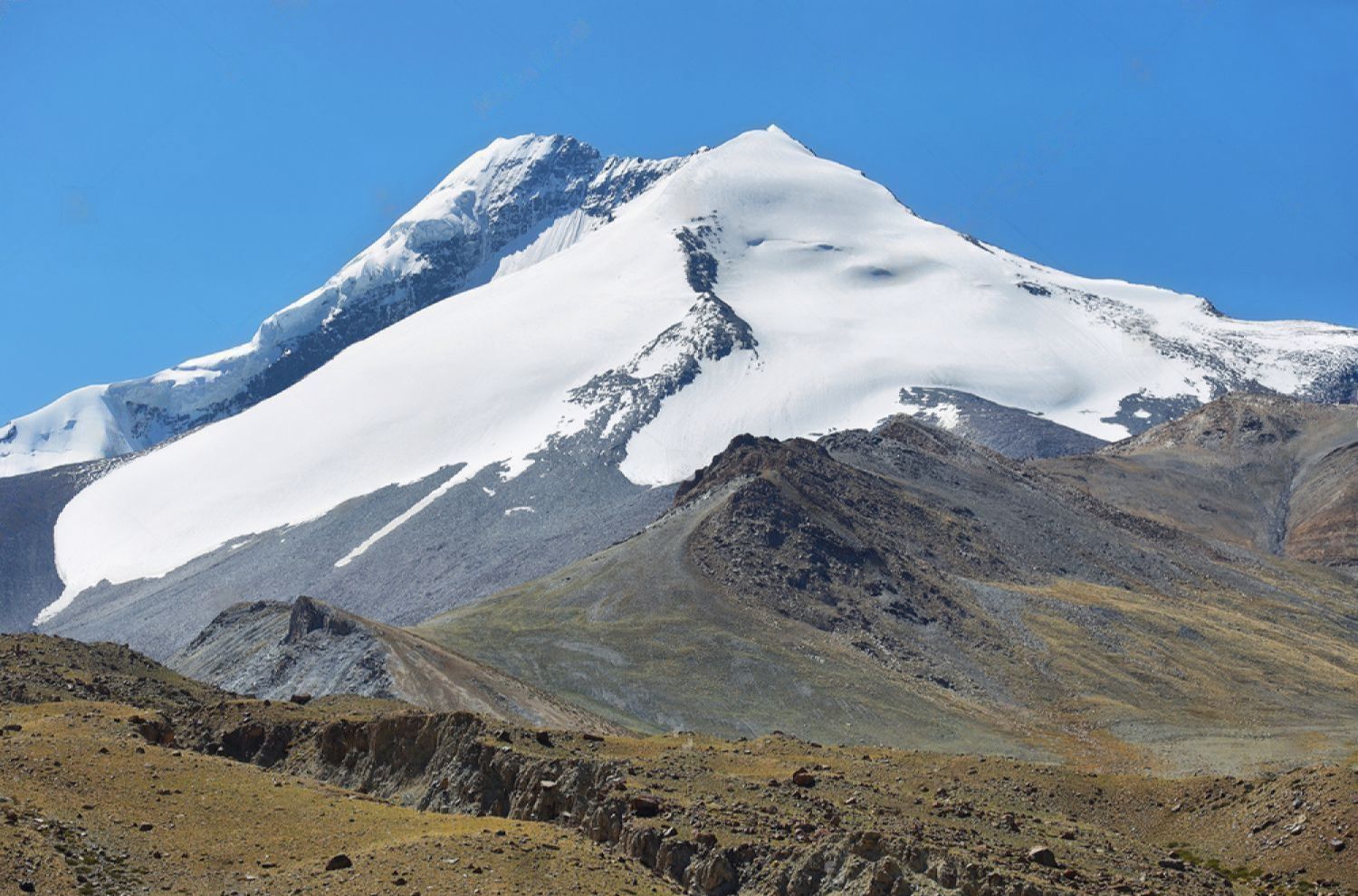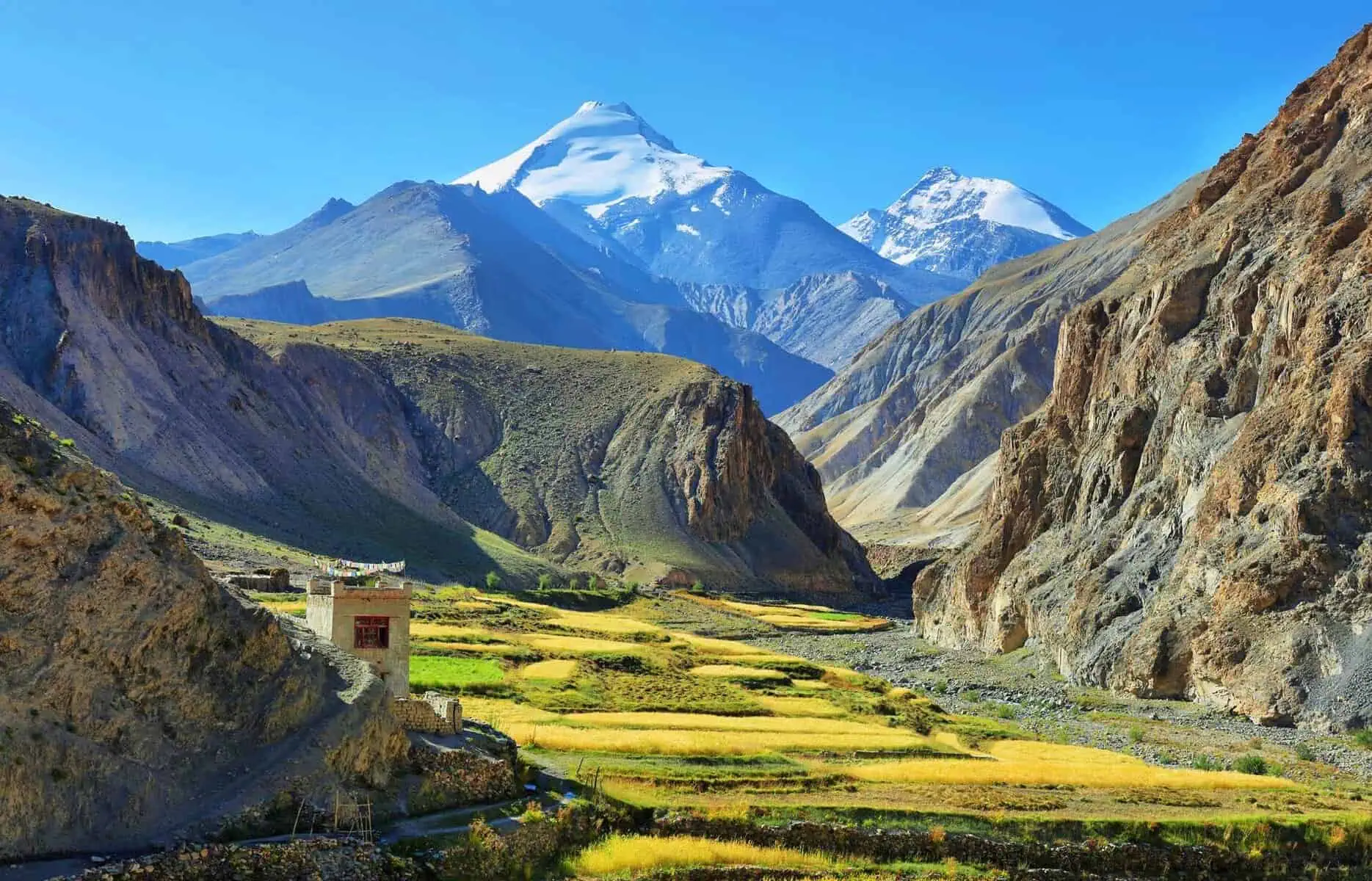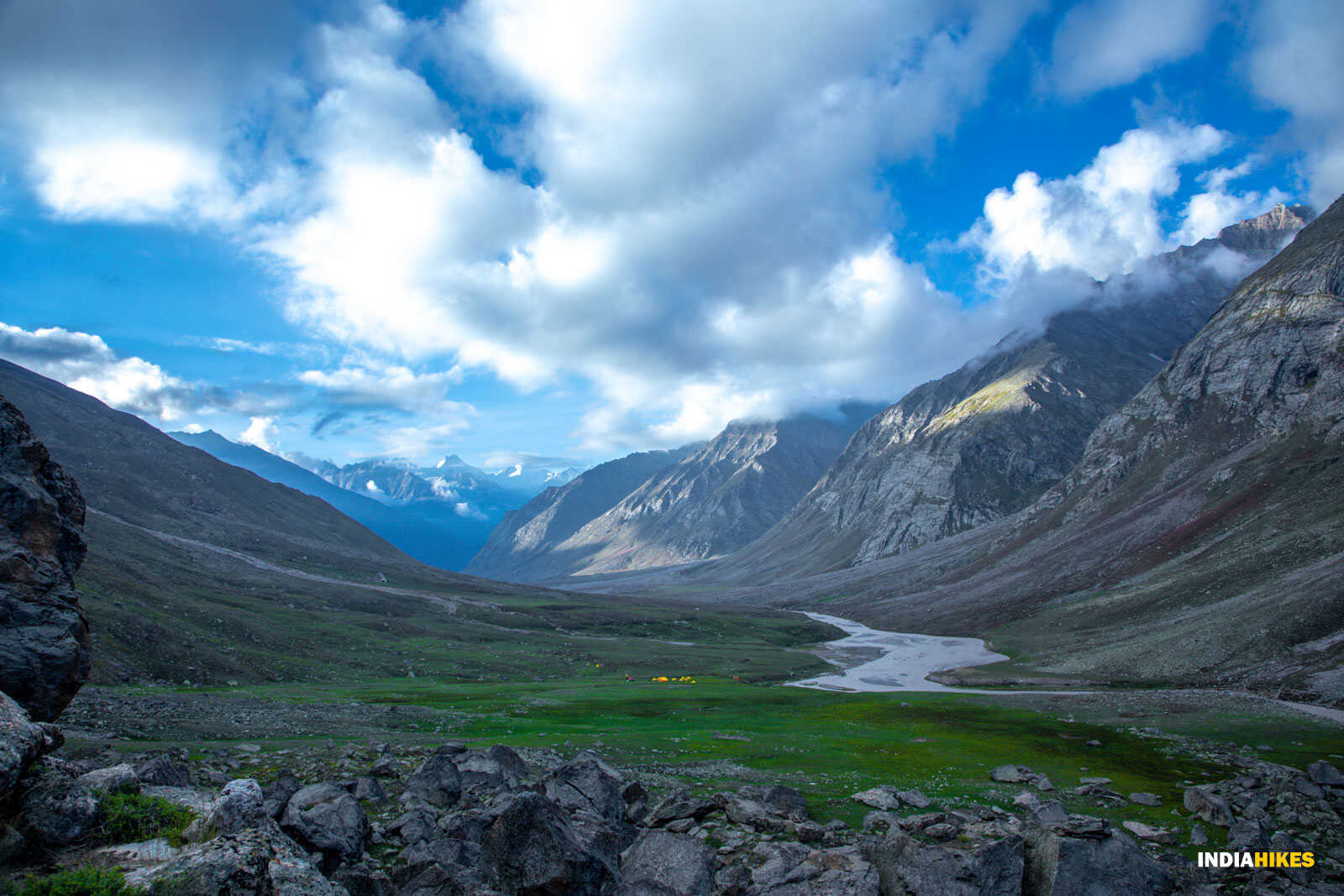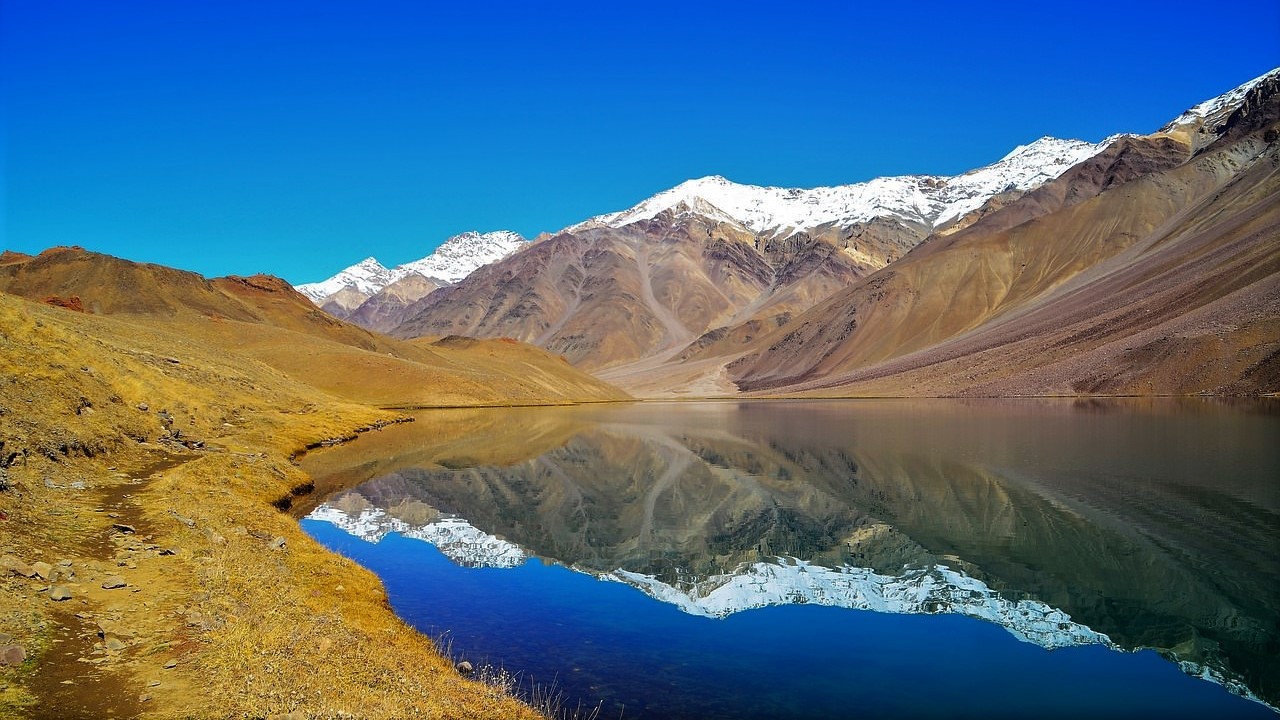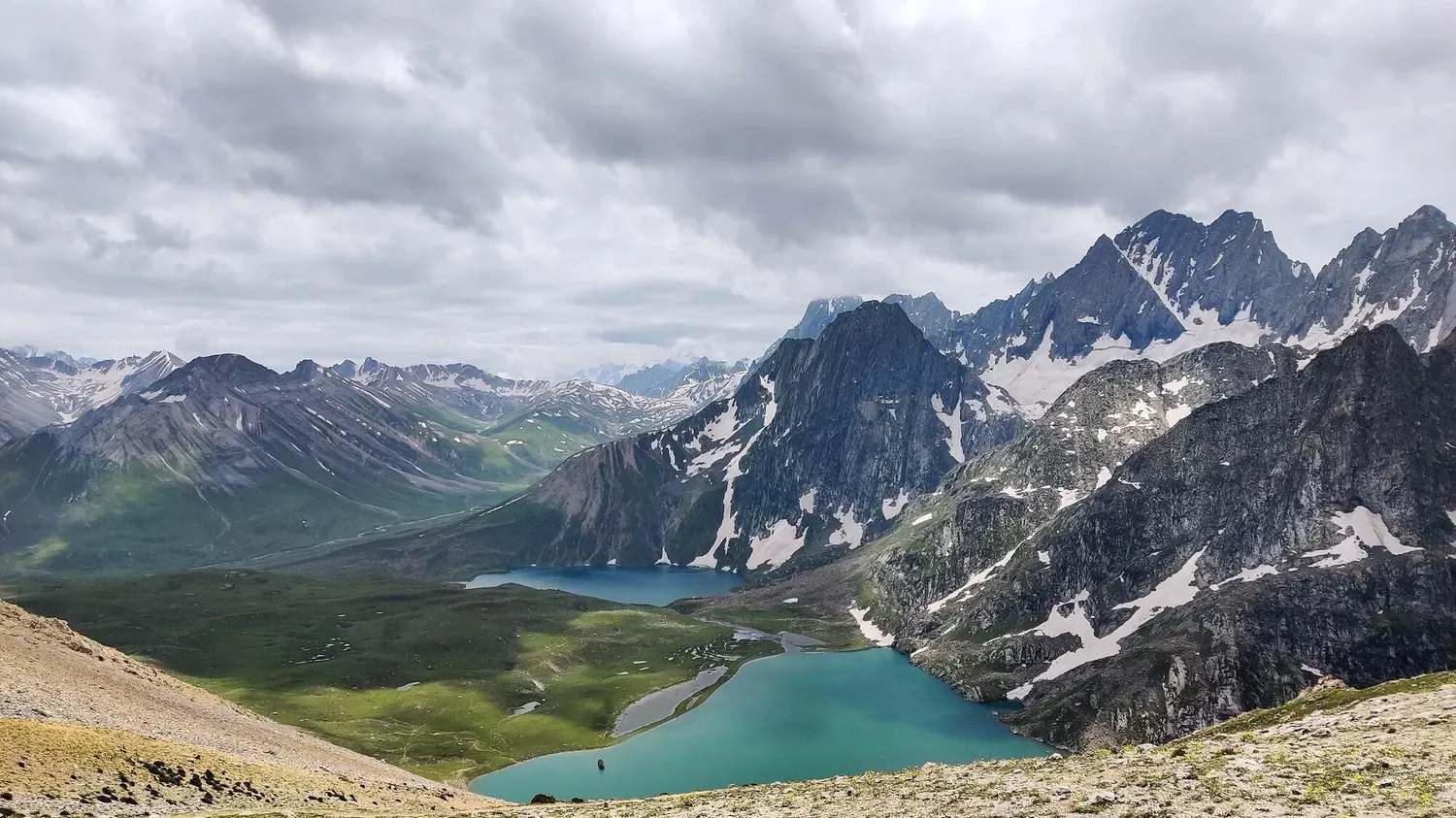Sham Valley Trek: The Baby Trek of Ladakh
The Sham Valley Trek, often called the “Baby Trek,” is one of the easiest and most rewarding treks in Ladakh. At an altitude of 12,710 ft, this short trek passes through charming Ladakhi villages, ancient monasteries, barley fields, and apricot orchards. Perfect for beginners and cultural explorers, the trek offers a gentle introduction to high-altitude trekking while showcasing the authentic lifestyle of Ladakh.
Why Sham Valley is Called the Baby Trek
With short trekking distances, gradual ascents, and homestay accommodations, Sham Valley is ideal for those new to trekking in Ladakh. It combines natural beauty with cultural immersion, giving trekkers a taste of both landscapes and traditions.
Scenic & Cultural Attractions
- Visits to historic monasteries like Likir and Alchi
- Trails through barley fields, streams, and apricot orchards
- Authentic Ladakhi homestay experiences
- Stunning views of the Indus Valley and surrounding mountains
Who Should Do This Trek?
This trek is perfect for families, beginners, or anyone short on time who still wants to experience the magic of trekking in Ladakh without strenuous climbs or extreme altitude challenges.
